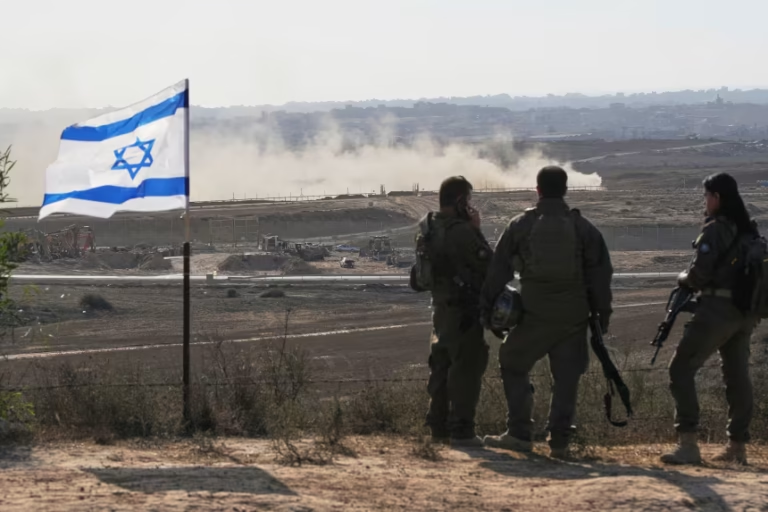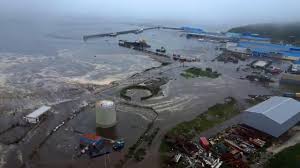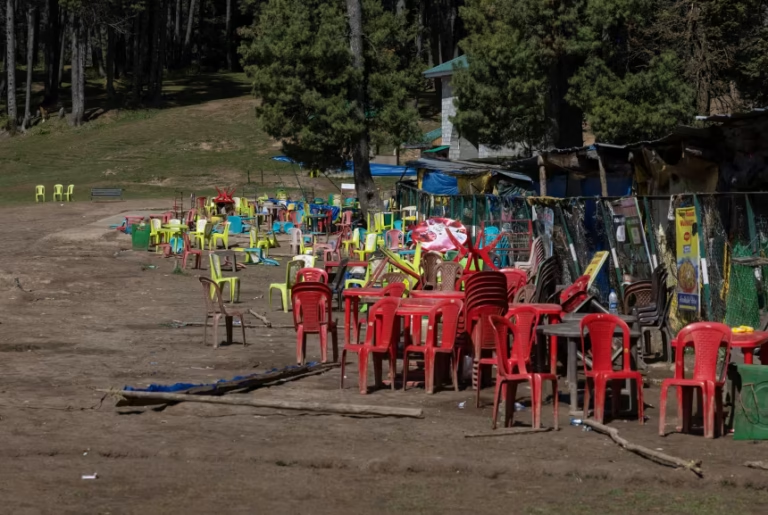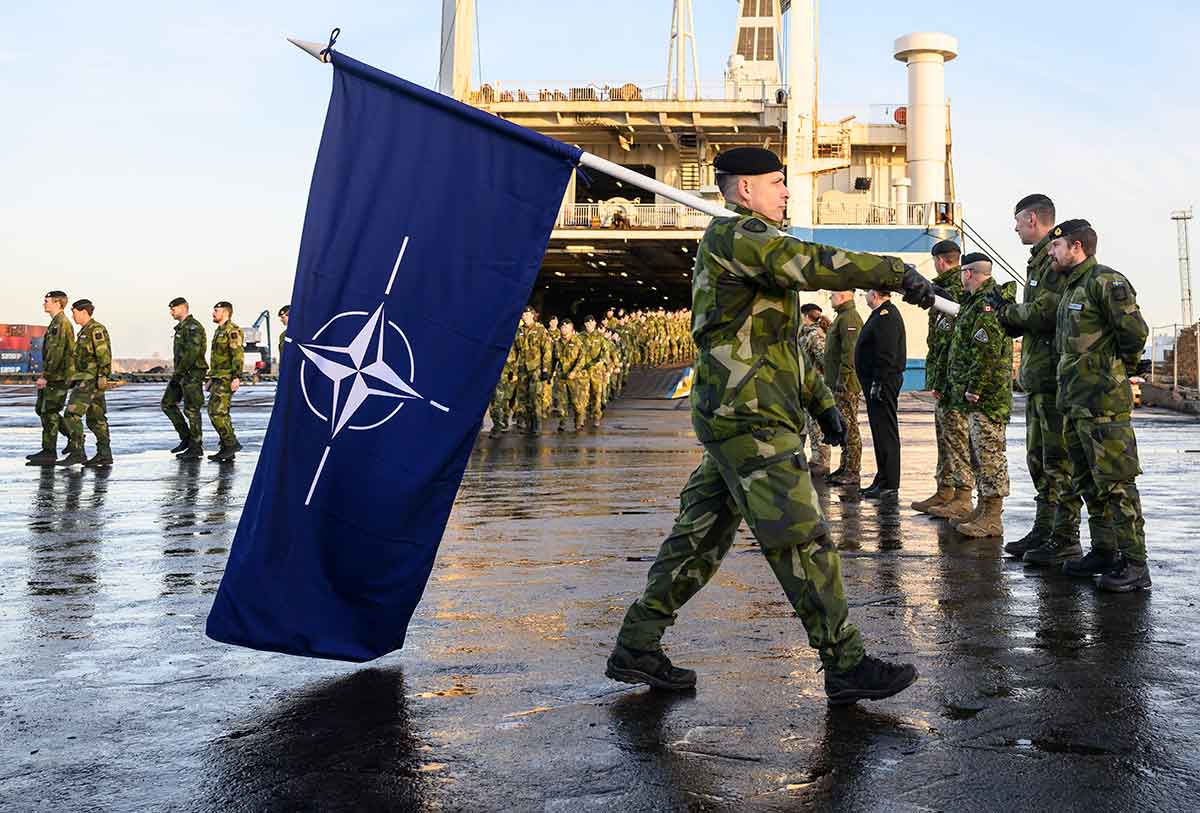
Russia’s escalated summer offensive in 2025 is swiftly evolving into a significant crisis for Ukraine, as increasing pressure on various fronts is draining Kyiv’s military resources, challenging the extent of Western assistance, and jeopardizing to alter the war’s momentum in Moscow’s advantage.
Numerous fronts, Increasing strain
In the last two months, Russian troops have initiated synchronized attacks throughout eastern and southern Ukraine, concentrating on crucial frontlines such as Donetsk, Kharkiv, and Zaporizhzhia. Supported by continuous artillery bombardments, distant drone attacks, and newly deployed recruits, the Russian armed forces have succeeded in capturing minor yet strategically important land.
Ukrainian military officials indicate heightened challenges in maintaining positions, especially around Kupiansk and Avdiivka. Continuous attacks, minimal downtime for soldiers at the front, and the growing complexity of Russian strategies—such as electronic warfare and swarming drones—have posed significant difficulties for Ukrainian forces.
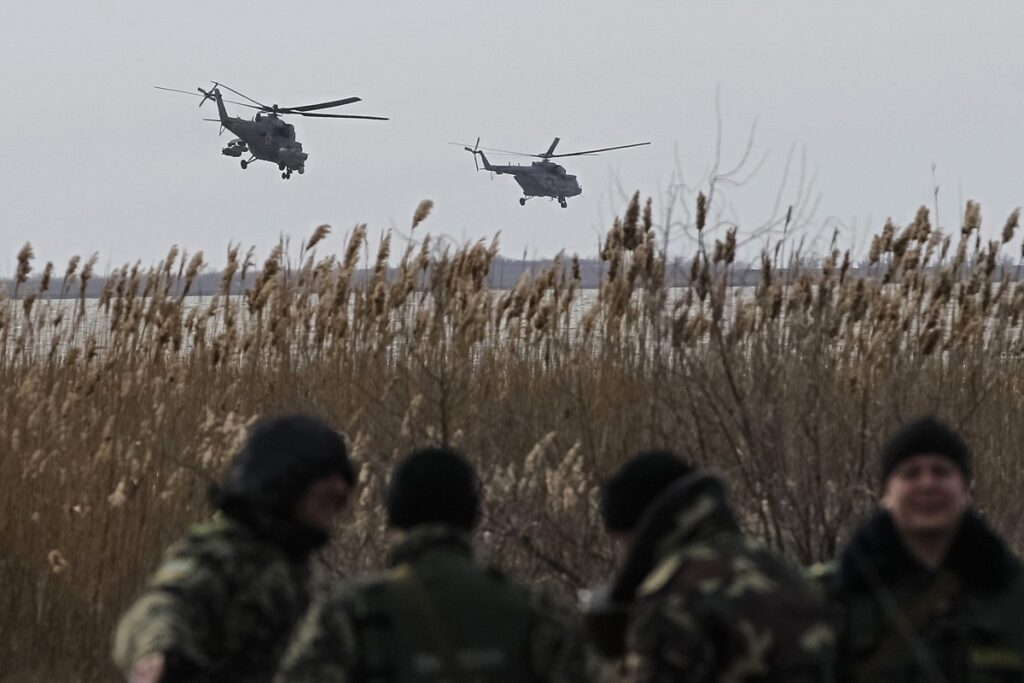
“One Ukrainian commander in Donetsk, speaking anonymously, stated, ‘Our troops are fatigued.’” “We’re battling every step of the way, but Russia has plenty of shells and troops to deploy against us.” Air Dominance and Shortages in Ammunition
One of the most concerning trends in Russia’s summer operations has been its control of tactical airpower in specific regions. Ukraine’s constrained anti-air capabilities, along with postponements in the delivery of promised Western air defense systems, have enabled Russian aircraft to carry out more assertive close-air support operations and glide-bomb strikes.
At the same time, Ukraine’s supplies of artillery shells and anti-tank missiles are quickly diminishing. Military assistance from the West, which was previously strong, has decreased because of political stalemate in the U.S. and delays in ammunition production throughout NATO. Despite European allies ongoing support, it remains inadequate to counter the magnitude of the Russian invasion.
“Each postponement in assistance opens a void that Russia takes advantage of,” stated Ukrainian military expert Serhiy Kovalchuk. “The battlefield is not patient with politics.”
Civilians Trapped in the Crossfire
With the frontlines changing and Russian missiles penetrating further into Ukrainian land, civilian populations are once more suffering the most from the violence. Cities such as Kharkiv and Mykolaiv have encountered fresh missile attacks, annihilating residential structures, educational institutions, and energy infrastructure.
The United Nations reports that more than 150,000 Ukrainians have been newly displaced since June, as evacuation routes are frequently hit by Russian artillery. Humanitarian groups caution that a crisis is on the horizon as shelters become overcrowded and essential supplies dwindle.
“A Red Cross spokesperson located near the Dnipro River stated, ‘We’re observing a humanitarian disaster developing in real time.’” “Winter is only a few months off.”
Strategic Goals: Russia’s Deliberate Advancement
In contrast to the disordered initial months of the invasion in 2022, Russia’s offensive in 2025 seems more strategic and targeted. Instead of broad territorial seizures, Moscow is meticulously focusing on logistics hubs, command centers, and energy infrastructure. This approach seeks to undermine Ukraine’s prolonged combat ability and compel Kyiv to engage in negotiations under pressure.
Russian President Vladimir Putin has increased the domestic manufacturing of tanks, drones, and ammunition, while strengthening military alliances with Iran and North Korea. These partnerships have ensured a consistent flow of artillery shells and UAVs, permitting Russia to maintain its assault despite ongoing sanctions.
At the same time, disinformation efforts have escalated throughout Europe and North America, aiming to undermine public backing for Ukraine and portray the conflict as a “Western responsibility.”
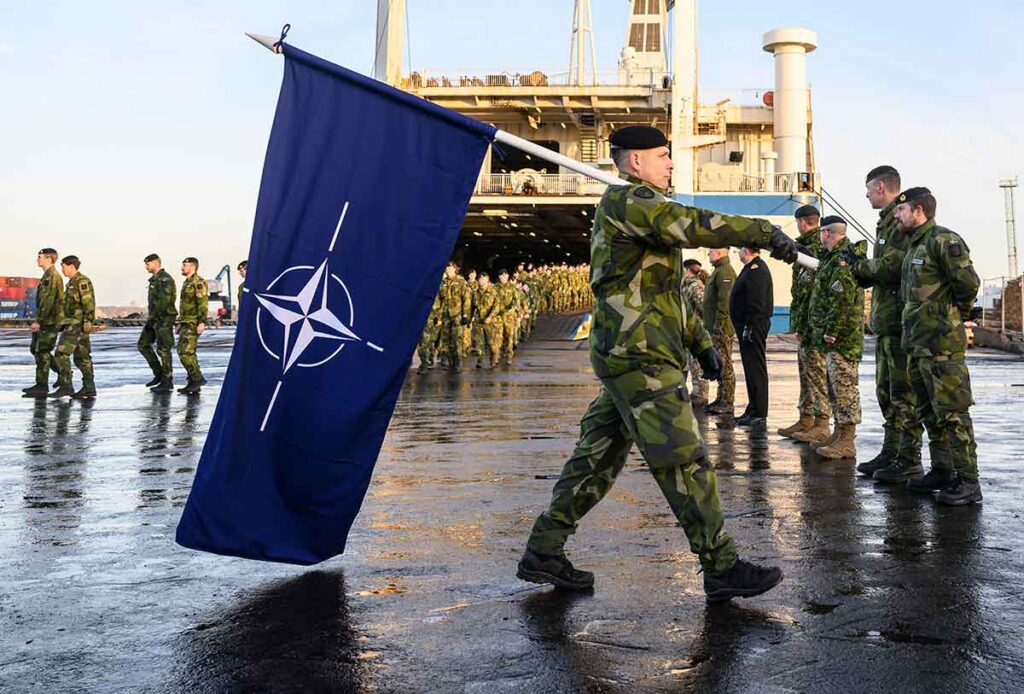
Ukrainian Determination Faces Stark Truth
In spite of these challenges, Ukrainian morale stays elevated, as President Volodymyr Zelenskyy calls for unity and strength in his nightly speeches. New volunteer teams have been established, and numerous cities persist in reconstruction activities despite ongoing danger.
Nevertheless, the fractures are starting to appear.Ukraine’s armed forces are overextended, conscription is growing more controversial, and public fatigue is increasing.
. Without a substantial increase in Western support — especially long-range missiles, air defense systems, and combat aircraft — Ukraine faces the danger of being exhausted by attrition.
Conclusion: A Critical Juncture
Russia’s summer campaign signifies a crucial juncture in the conflict. What started as an invasion stalled by Ukrainian opposition has transformed into a prolonged war of stamina — one that now greatly benefits the side with more substantial resources and superior supply networks.
For Ukraine, this moment has the potential to shape the direction of the conflict for years ahead. Western solidarity, armament supplies, and adaptability in combat will dictate if Kyiv can maintain its defenses or if Russia’s systematic progression leads to a significant change in power dynamics.
